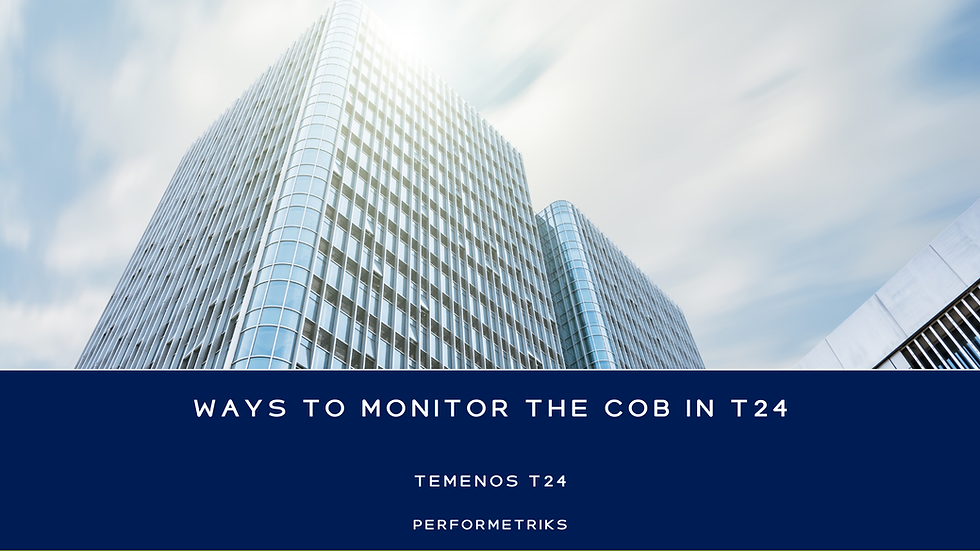Strategies to avoid disruptions in Payment Solutions
- Josef Mayrhofer

- Nov 2, 2023
- 3 min read
Some call them the most important invention of the 20th century; others don't like them because they took their jobs away. Many of us love them because they are available 24/7, easily accessible, and open our gates to a new world of possibilities. But have you ever looked under the hood of such payment systems?



